Introduction:
With the continuous progress of science and technology, wireless kinetic energy controller is more and more widely used in various fields. However, in the face of a wide range of products on the market, how to choose a suitable wireless kinetic energy controller has become a problem for many people. In this article, we will introduce you to some key elements of choosing a wireless kinetic energy controller to help you make an informed decision.
First, power requirements:
The first thing to consider is the power requirements of your device or system. Different application scenarios have different power requirements, so you need to choose the right wireless kinetic controller to meet the demand. When choosing, pay attention to the rated power and maximum power output of the controller to ensure that it can work stably and reliably.
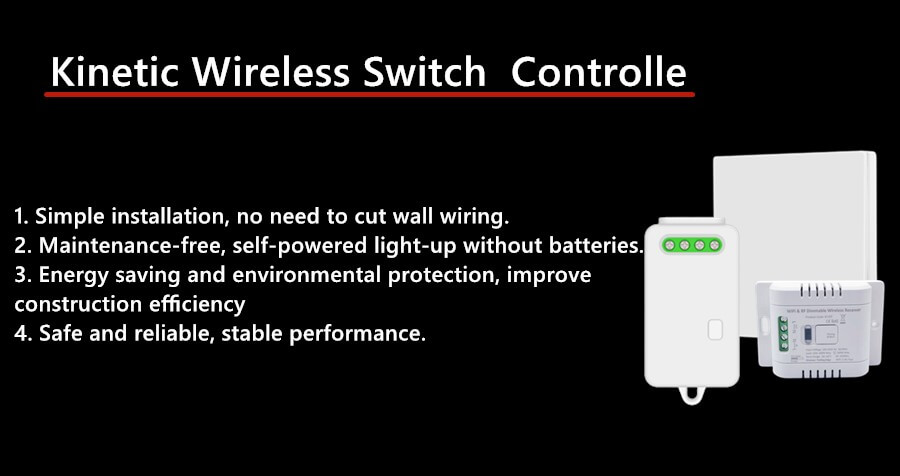
Second, the communication protocol:
wireless kinetic controller communication protocol determines its compatibility and interoperability with other devices. Common communication protocols include Bluetooth, Zigbee, Wi-Fi and so on. In the selection, according to the actual needs and compatibility requirements of the device, choose the appropriate communication protocol. For example, in lamp dimming control, the WiFi version tends to be more suitable because it can support the use of cell phone APP control, so that it can be easily dimmed on the phone.
Third, security:
wireless kinetic controllers play an important role in data transmission and device control, so security is one of the important considerations for selection. Make sure that the controller you choose has security features such as data encryption and authentication to protect your devices and data.DFM's wireless kinetic energy switch controller is tested and evaluated, which not only meets your requirements for a convenient life, but also guarantees in terms of security.
Fourth, reliability:
the reliability of the wireless kinetic energy controller directly affects the stability and performance of the equipment. Choose a high-quality and reliability of controller, you can reduce the frequency of failure and maintenance, and improve the service life of the equipment. DFM wireless kinetic controller styles, the use of energy harvesting technology, without batteries, the kinetic energy of the finger pressing the switch into electrical energy, compared to the battery products have more stability, each to the hands of the customer's products have gone through a rigorous testing, stringent quality control, just for the sake of production to make customers satisfied with the wireless kinetic products. Each product in the customer's hand has been closely tested, with strict quality control, only to produce customer satisfaction with the wireless kinetic energy products.
Fifth, ease of use:
Choosing an easy-to-use and operate wireless kinetic energy controller can improve work efficiency and user experience. Pay attention to the interface design of the controller is simple and clear, and whether the function is easy to understand and operate. The controller and wireless kinetic energy switch use of the installation is very simple, DFM will also provide you with a detailed installation tutorial, and 10-second pairing, within five minutes to complete the installation.
Sixth, cost-effectiveness:
Finally, it is important to consider the cost-effectiveness of wireless kinetic controllers. In addition to the purchase cost, but also consider the maintenance cost of the controller and the cost of subsequent upgrades. Comprehensive consideration of performance and price, choose the more cost-effective products.
Conclusion:
Choosing the right wireless kinetic controller is critical to the proper operation and performance of your equipment. By considering factors such as power requirements, communication protocols, security, reliability, ease of use, and cost-effectiveness, you can make an informed choice. We hope that the guidance in this article will help you find the wireless kinetic controller that best suits your needs, improving efficiency and user experience.

 CN
CN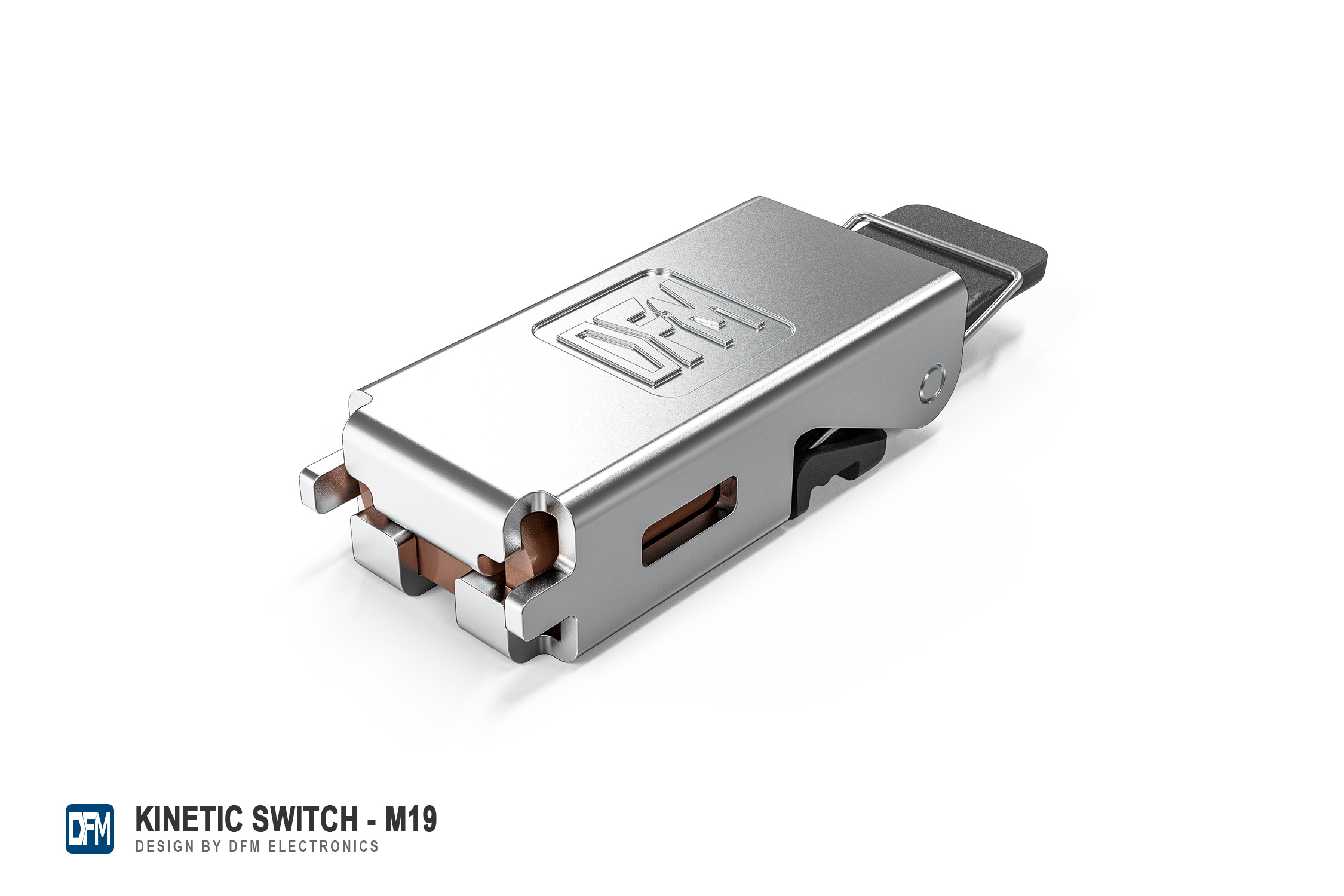
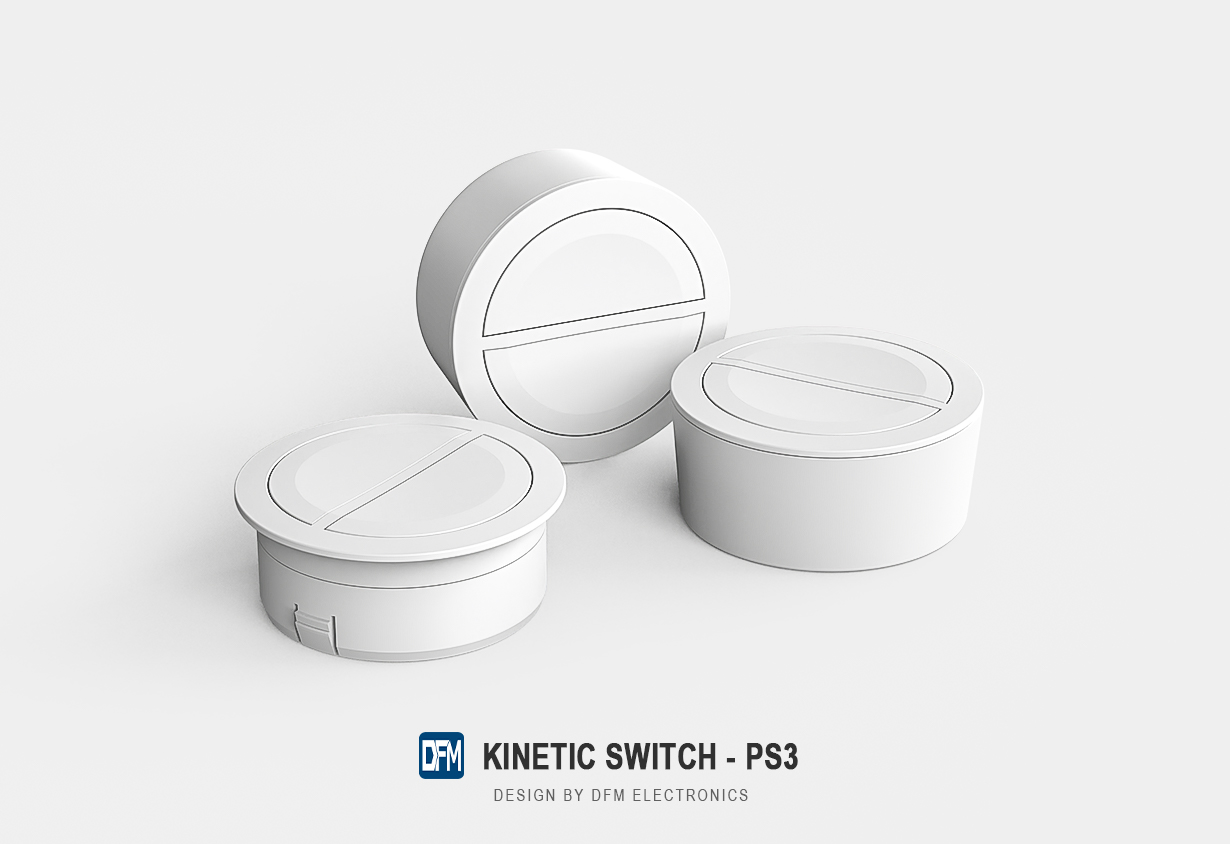
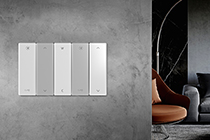
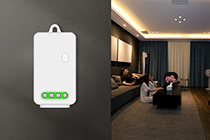

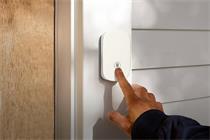







 Home
Home DFM
DFM  Aug 31,2023
Aug 31,2023 
 Mastering Light Control: How to Use the Tuya App to Control Your Light Fixtures from Your Phone
Mastering Light Control: How to Use the Tuya App to Control Your Light Fixtures from Your Phone 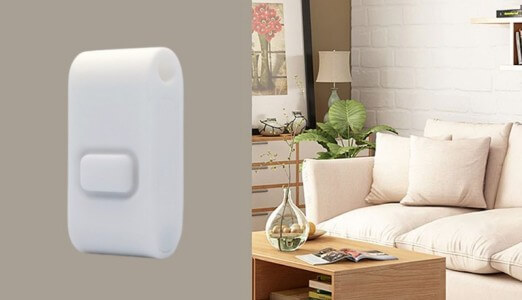
 Aug 22,2023
Aug 22,2023 













